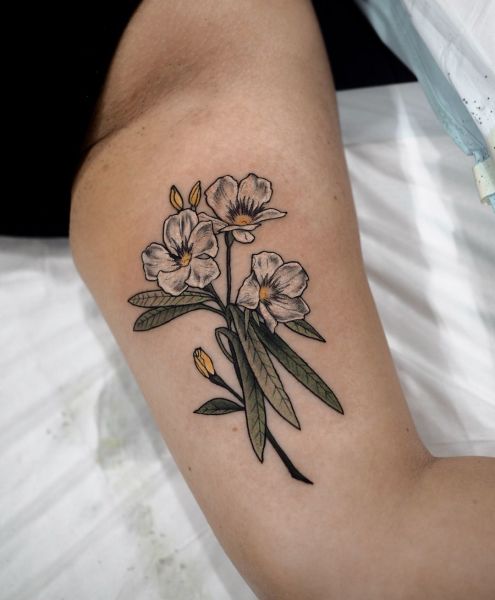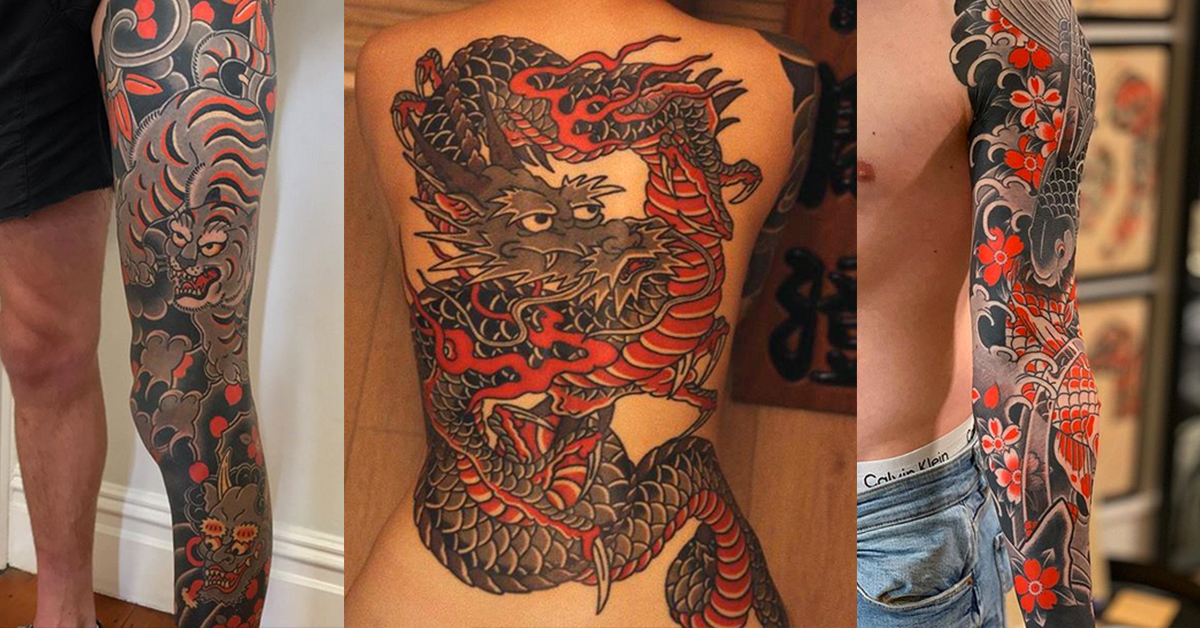Lace Hand Tattoo: Unveiling the Art, Meaning, and Care
– Lace tattoos have a historical significance as lace making began in the 15th and 16th centuries.
– Lace is created without a backing cloth and is made by creating delicate fabric designs with fine threads.
– In the 16th century, lace was made with silk and sometimes silver or gold threads to display a person’s wealth.
– Modern lace is often machine-made out of cotton or synthetic fiber and is less valued than hand-made lace.
– Tatting, a technique using a shuttle and needle to create knots and loops, emerged in the early 19th century and was used to create delicate lace for women’s clothing and accessories.
– Lace tattoos often incorporate tatting designs because of the spaces between the knots and loops.
– Lace used to be worn by men between the 15th and 18th centuries as a sign that they did not perform heavy labor.
– Lace has recently been making a comeback in women’s fashion after primarily being used in undergarments, sleepwear, and lingerie for the past two decades. Lace tattoos are becoming popular among girls and women who want to celebrate their femininity. These designs can be placed on various parts of the body such as ankles, wrists, and even as a collar around the throat. Lace tattoos are often used to decorate existing tattoos, adding a feminine touch. They can incorporate symbols such as ribbons and bows, as well as be incorporated into designs of corsets or garters. Garter tattoos, in particular, are lacy and feminine designs that can be hidden under skirts. For lace tattoos, it is recommended to use ink colors that have a high level of contrast to the skin tone for intricate designs. Dark tattoo inks are suitable for light skin, while white or pastel inks are recommended for dark skin. However, for a more subtle effect, an ink just slightly lighter or darker than the skin can be used to give the illusion of real lace.

